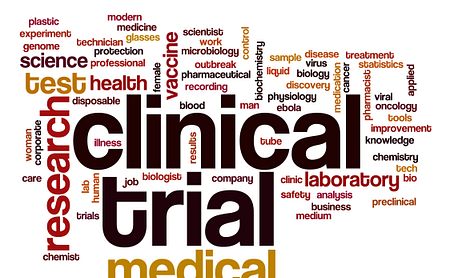Phase 3 Trial of B-VEC, Topical Gene Therapy for DEB, Fully Enrolled
Written by |

ibreakstock/Shutterstock
Krystal Biotech announced the full enrollment of a pivotal Phase 3 clinical trial of its topical gene therapy B-VEC (beremagene geperpavec) as a skin wound treatment for people with dystrophic epidermolysis bullosa (DEB).
Top-line results on the 31 patients in the randomized GEM-3 trial (NCT04491604), a mix of children and adults, may be available toward year’s end.
“Completion of enrollment in the GEM-3 study marks a significant milestone for us,” Suma Krishnan, Krystal’s founder and chief operating office, said in a press release.
“We would like to extend our gratitude to the patients, caregivers, investigators and study staff who, through their commitment during an especially difficult year, have helped bring us closer to potentially providing an easy-to-use topical treatment that addresses the underlying cause of DEB,” she added.
B-VEC uses a modified and safe virus to deliver a healthy version of the COL7A1 gene directly to patients’ skin cells. COL7A1 is responsible for producing collagen type VII (COL7), a protein needed to keep various skin layers attached to each other. Mutations in COL7A1 cause insufficient production COL7, resulting in the disorder’s characteristic blisters and wounds.
GEM-3, which launched last year, will evaluate B-VEC’s safety and efficacy, compared to a placebo, among patients between 1 and 44 years old. Of those enrolled, 61% are 18 years old or younger, and fewer than 10% have dominant DEB, which occurs when a patient inherits a single copy of the disease-causing mutation.
Trial investigators select one or more pairs of wounds for a comparison in each patient. One wound will receive a weekly topical B-VEC treatment, while the other receives a topical placebo. Weekly treatments in this six-month study will continue until investigators determine that a wound has completely closed.
Other exploratory measures include how long it takes wounds to close and how long they remain closed.
Wound pairs fell into one of three size categories: under 20 square cm, 20 to 40 square cm, and 40 to 60 square cm. These will receive corresponding doses of B-VEC, from 400 million plaque forming units (PFU, a measure of viral particles) per wound for smaller wounds and 1200 million PFU/wound in larger ones.
Complete wound healing up to 24 weeks is the study’s primary goal. Secondary goals include complete healing at 12 weeks, a mean change in pain severity by 24 weeks, and the proportion of B-VEC versus placebo wounds showing at least 75% healing at 24 weeks.
Physicians can also choose to treat additional wound pairs — secondary wounds — giving them greater flexibility in the number of wounds treated.
Patients will be given a safety evaluation 30 days after their final dosing at week 24. They will then have the option to enroll in an open-label extension study.





